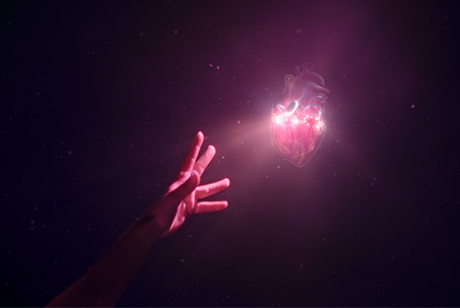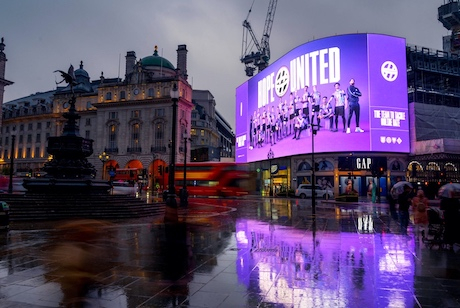Following the launch of the successful Fleetlights campaign first developed in 2016, Direct Line and Saatchi & Saatchi London have released their first brand partnership to use the pioneering fleetlights technology.
Caister Lifeboat Service in Norfolk is the first search and rescue team in the world to use the high performance, ground breaking semi-autonomous drone technology, which is set to be revolutionary in saving lives at sea.
Fleetlights technology enables a network of drones equipped with high-powered lights and HD cameras, to perform semi-autonomous flights. Each drone uses mesh networking* - an emerging technology that has only recently been applied to the world of drones - to fly semi-autonomously and conduct life-saving searches.
The average person stranded at sea without a boat is able to survive just a couple of hours which means every minute is crucial to their survival.
· In daylight, the drones are an eye in the sky, providing an invaluable tool for spotting casualties that can be easily missed in the vast ocean
· At night, rescuers are limited by how far they can see. The Fleetlights drones are fitted with powerful lights that act like floodlights in the middle of the ocean whilst feeding back essential visuals to the lifeboat team before it’s too late.
The technology was originally developed as a prototype service to demonstrate how drones could be used to bring mobile street lights to the darkest parts of the UK. The concept was a success, picking up Silver and Bronze Cannes Lion awards and a Bronze at Creative Circle but wide-spread implementation proved difficult due to strict regulations surrounding the use of drones.
Following conversations with RNLI and HM Coastguard it was decided that Caister would be the preferred location for the first roll-out of the Fleetlights. Like many lifeboat teams in the UK, the nearest helicopter is an hour away and extremely costly. Direct Line is donating the technology to the Caister team where the drones will be used in searches and as a proof of concept ahead of a meeting with HM Coastguard and the Department for Transport, where a full national roll-out will be discussed.
Paul Garrod, Caister Lifeboats Chairman said, “In the past, there have been instances where we have been unsuccessful when searching for someone in need of help. Perhaps if we had been equipped with the drone technology, these searches would have had a positive outcome. Improving visibility above and around boats, especially at night, will help us to locate those in danger much faster, meaning more lives could be saved.”
Mark Evans at Direct Line added, “Fleetlights has been really exciting for Direct Line; symbolic of our intent to develop high performance solutions to everyday challenges. It is incredibly exciting that Caister will now be utilising this ground-breaking drone hardware and software.
Only a year ago, we predicted we might be using the Fleetlights technology in real-life situations by around 2021. We deliberately created the Fleetlights code on an open-source basis in the hope that this would help us to accelerate. Now that we are using the technology to develop the drones for sea rescue it has happened much faster than anticipated. It’s our hope that Caister can lead by example to inspire other sea rescue teams to adopt it across the country and improve the safety of British waters.”













